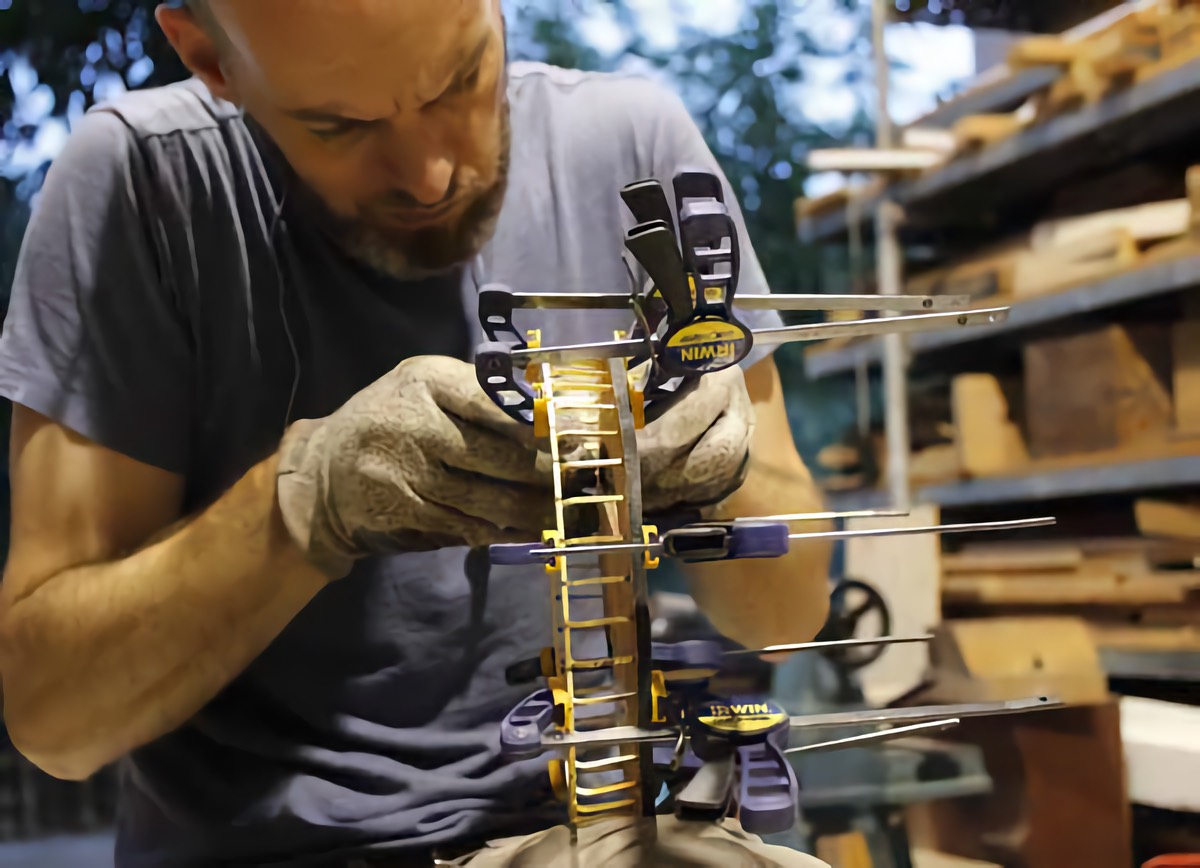Touch as a Critical Act in Creating and Experiencing the Built Environment
Downloads
DOI:
10.31182/cubic.2020.3.022Keywords:
architecture, craft, design, digital fabrication, hardwareAbstract
This photo essay depicts the design and fabrication research that David Schafer and his team conducted through a grant from the Association of Siamese Architects (Thailand). His architecture and design practice crafted bespoke objects which investigate the value that hands-on making gives to an intuitive and embodied design. Seeking intimate relationships with the hand, skin, eyes, and body both before, during, and after manifestation, this work describes a material practice intimately familiar with making’s feedback mechanisms and constituent benefits to the design studio. They study ergonomic relationships with familiar object typologies and segue into the creation of experientially sensitive door handles in wood, leather, steel, brass, and other materials. The palpable haptic richness of these objects, through a responsive and fertile design process, reveals opportunities amicably distant from standardised, functionalist design methods.
How to Cite
Published
Issue
Section
License
Copyright (c) 2020 David Schafer

This work is licensed under a Creative Commons Attribution 4.0 International License.
References
Cadwell, Mike. 2007. Strange Details. Cambridge, MA: MIT Press.
Crawford, Matthew B. 2010. Shop Class as Soulcraft: an Inquiry into the Value of Work. New York, NY: Penguin Books.
Pallasmaa, Juhani. 2014. The Eyes of the Skin: Architecture and the Senses. Chichester, UK: Wiley.
Pallasmaa, Juhani. 2015. The Thinking Hand: Existential and Embodied Wisdom in Architecture. Chichester, UK: Wiley.
Ruskin, John. 1853. The Stones of Venice, Vol. II. London, UK: Smith, Elder and Co.
Sennett, Richard. 2009. The Craftsman. London, UK: Penguin Books.
Sheil, Bob. 2005. Design Through Making. Chichester, UK: Wiley-Academy.

